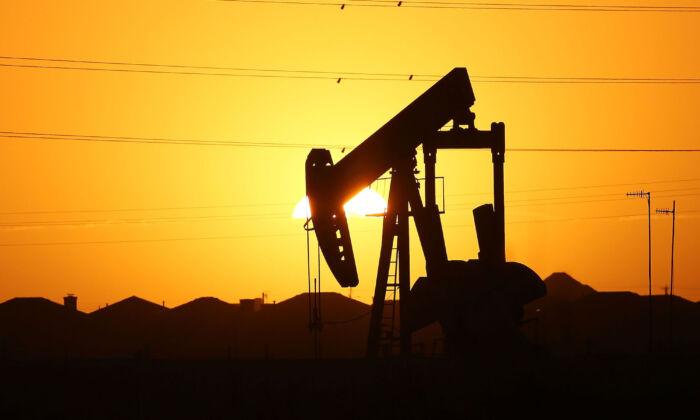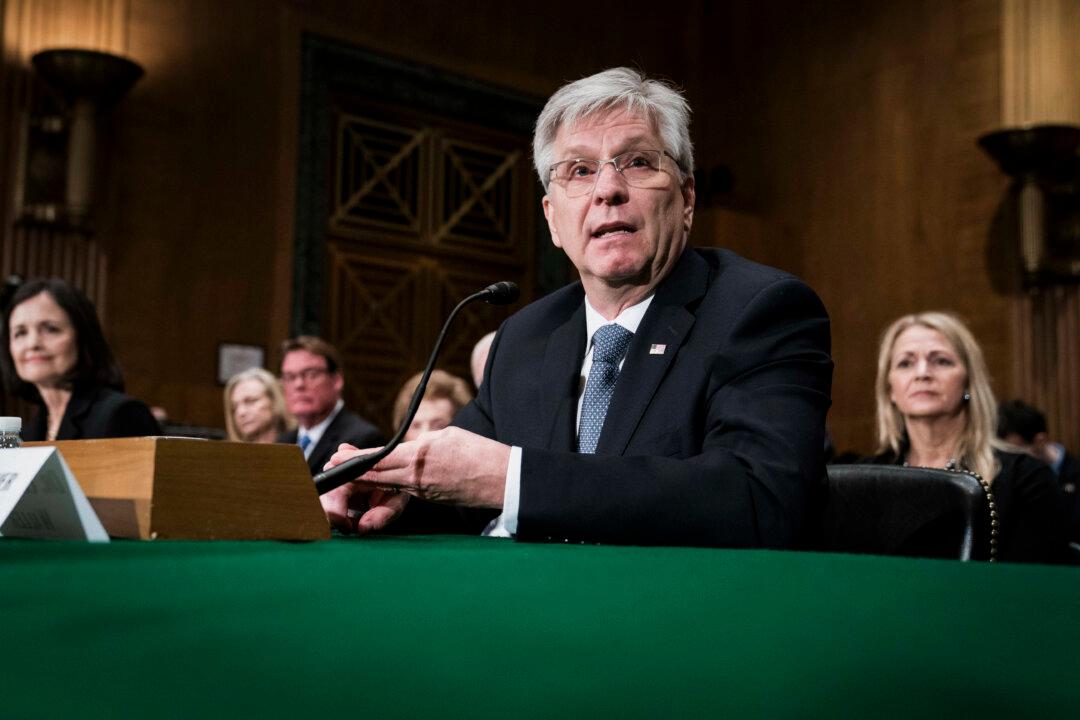A federal agency recently approved the construction of a deepwater port off the coast of Texas capable of shipping up to 2 million barrels per day of crude oil to international markets, according to the U.S. Department of Transportation.
Sentinel “will own, construct, and operate [the] deepwater port for the export of domestically produced crude oil,” said the department.
U.S. Transportation Secretary Sean Duffy said MARAD’s approval was paving the way for “unleashing the full power of American energy.”
“With this approval, we are increasing our energy revenue and unlocking our vast oil resources—not just for domestic security, but to dominate the global market,” he said.
“While the previous administration sat on their hands, our oil supply sat readily available beneath our feet, and American families paid the price at the pump.”
The port will be located nearly 27 nautical miles from the coast of Brazoria County, Texas, in the newly-renamed Gulf of America. Once completed, Texas Gulflink will be able to fully load large crude carriers to ship crude oil internationally.
The oil will then be transported via a pipeline to floating buoys in the Gulf of America that allows crude carriers and other tankers to moor and receive up to 2 million barrels of crude oil daily.
Opposition, EPA Approval
The Environmental Protection Agency (EPA) approved the project in October 2024. The EPA “does not object to the issuance of a license” for the Texas Gulflink deepwater port under the Clean Air Act, Clean Water Act, and the Marine Protection, Research, and Sanctuaries Act, the agency said in a letter to MARAD.Possible negative effects include “spills, noise, air pollution, loss of wetlands and more, all in an area already bearing the brunt of some of the worst concentrated industrial pollution in the nation,” the groups said.
“GulfLink, on its own, would be responsible for well over one hundred million tons per year of upstream and downstream greenhouse gas emissions, contributing substantially to increasingly severe climate change impacts.”
The transportation department said MARAD’s Gulflink approval supports President Donald Trump’s Jan. 20 executive order seeking to boost U.S. energy production.
This “limited the generation of reliable and affordable electricity, reduced job creation, and inflicted high energy costs upon our citizens,” it added.
“It is thus in the national interest to unleash America’s affordable and reliable energy and natural resources. This will restore American prosperity.”
The council will be a White House panel that coordinates and steers America’s energy policy to “achieve energy dominance.”
“Over the last four years, it is estimated that our nation produced over 2 billion fewer barrels of oil than anticipated [had President Trump’s energy policies been kept intact] ... a vast quantity of lost supply that could have lessened the burden of energy prices on American families,” the White House said.







